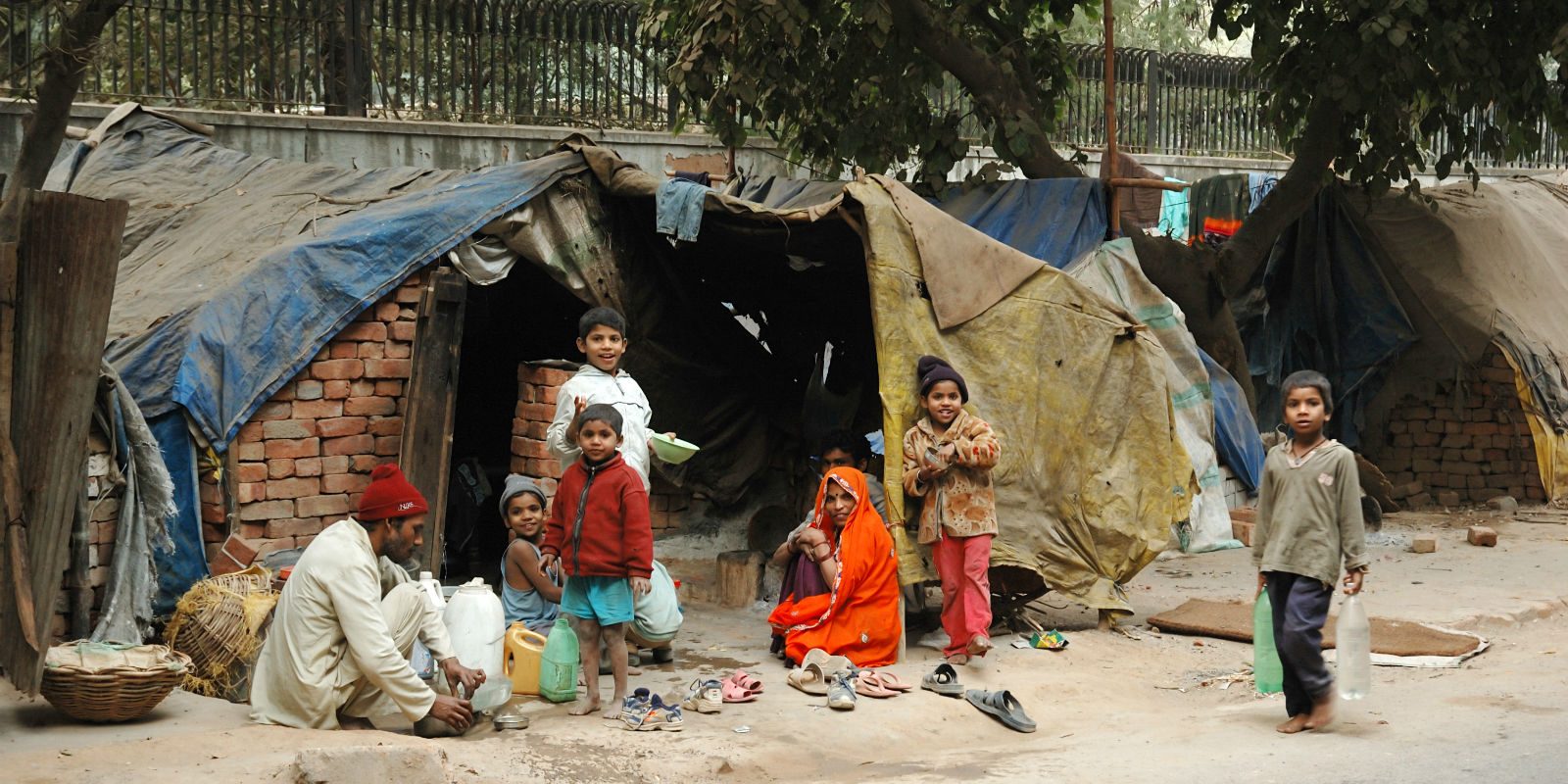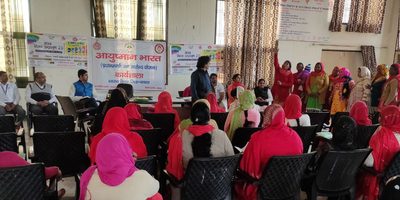
MentAl Health Risk Factors among Older AdolesceNts living in Urban SluMs: An InTervention to Improve ResIlience (ANUMATI)
Background
According to World Health Organization (WHO), Worldwide, 10% of children and adolescents experience a mental disorder. In India, they are key contributors to the demographic dividend. Adolescence is a vulnerable period with rapid changes in physical, mental, and social levels. It is estimated that the majority of adolescent mental disorders globally are left untreated and unidentified. Several risk factors are associated with mental disorders among adolescents, especially those living in deprived living conditions like slums face situations of violence, deprivation, social vulnerability, substance abuse/ use etc. Hence, predisposing adolescents to both poor mental and physical health.
There has been a rapid growth in the urban population and more than 65 million inhabitants live in almost 14 million urban slum households in India. Slums have inadequate housing, unhealthy and poor living conditions, and inadequate systems to benefit from government schemes. In addition, members residing in such conditions have health problems worse than their non-slum counterparts. Despite having studies that investigate this relationship, there is however limited research that explores the inter-relationship of risk as well as resilience factors, especially among adolescents living in urban slums, and its overall influence on their mental health.
Aim
- To explore risk and resilience factors for Common Mental Disorders (CMD’s) among older adolescents (15-19 years) living in urban slums.
- To develop and pilot a community intervention module and provide information about its feasibility.
Research methodology
- The project employs a cross-sectional mixed methods design in two urban slums of North (Faridabad) and South India (Hyderabad).
- A census of 9905 households was conducted comprising a total of 40015 population from which 4091 older adolescents (~10.2%) were identified for the study.
- A quantitative survey among 3490 was conducted to assess CMDs, risk and resilience factors; and qualitative interviews among adolescent girls, boys and parents were also conducted to understand their perceptions of these issues.
- Separate groups of boys and girls have been formed in the study sites to provide feedback on the intervention module being developed.
- A developed intervention module will be piloted on a small scale among a different set of 100 adolescents by collecting routine programme data.
Current status
Initial scouting, census, quantitative data, and qualitative data collection has been complete at both slum sites of Hyderabad and Faridabad. Adolescent groups (both girls and boys) have been formed in the community for the purpose of module development. Group sessions are being conducted to take their feedback on the intervention module.









